Captain America (serial)
6.2 /10 1 Votes
Language English | 6.2/10 IMDb Genre Adventure, Sci-Fi, Thriller Duration Country United States | |||||||||||||||||||||||||||||||||
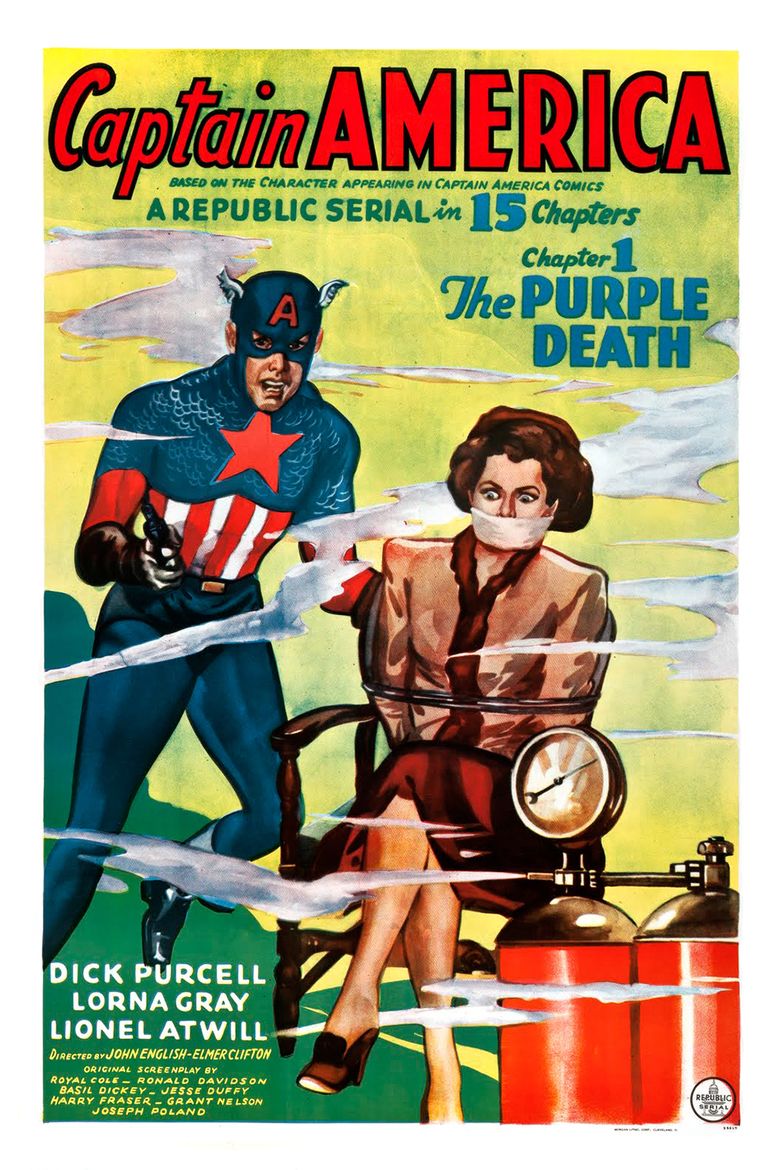 | ||||||||||||||||||||||||||||||||||
Director Elmer CliftonJohn English Writer Harry Fraser , Joseph Poland , , , , Grant Nelson , , Release date February 5, 1944 (1944-02-05) (U.S. serial)September 30, 1953 (1953-09-30) (U.S. re-release) Movies The Purple Death, Mechanical Executioner | ||||||||||||||||||||||||||||||||||
Captain america grenade 2011 the first avenger official movie trailer clip
Captain America is a 1944 Republic black-and-white serial film loosely based on the Timely Comics (today known as Marvel Comics) character Captain America. It was the last Republic serial made about a superhero. It also has the distinction of being the most expensive serial that Republic ever made. It also stands as the first theatrical release connected to a Marvel character; the next theatrical release featuring a Marvel hero would not occur for more than 40 years.
Contents
- Captain america grenade 2011 the first avenger official movie trailer clip
- Captain america serial 1944 trailer
- Plot
- Cast
- Production
- Stunts
- Special effects
- Release
- Critical reception
- Chapter titles
- Captain america 1944 serial 1
- Captain america movies 1944 1979 1990 2011 2012 compilation movies capitan america
- References
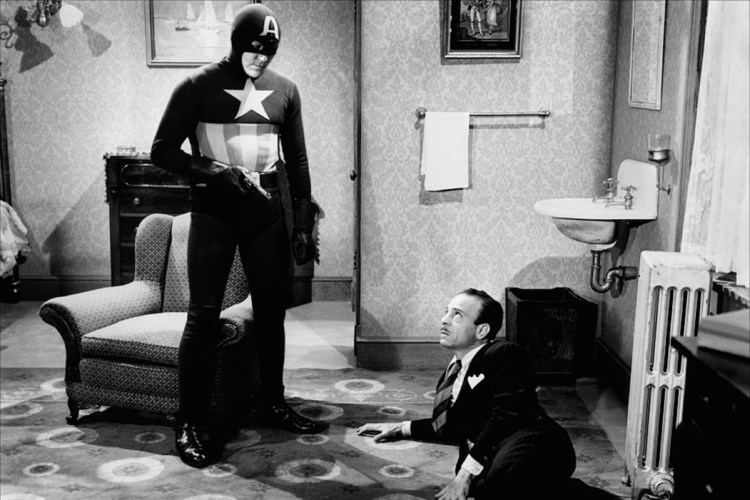
The serial sees Captain America, really District Attorney Grant Gardner, trying to thwart the plans of The Scarab, really museum curator Dr. Cyrus Maldor - especially regarding his attempts to acquire the "Dynamic Vibrator" and "Electronic Firebolt", devices that could be used as super-weapons.
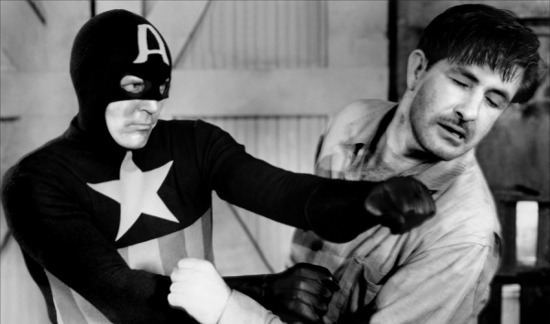
In a rare plot element for Republic, the secret identity of the villain is known to the audience from the beginning, if not to the characters in the serial. The studio's usual approach was the use of a mystery villain who was only unmasked as one of the other supporting characters in the final chapter.
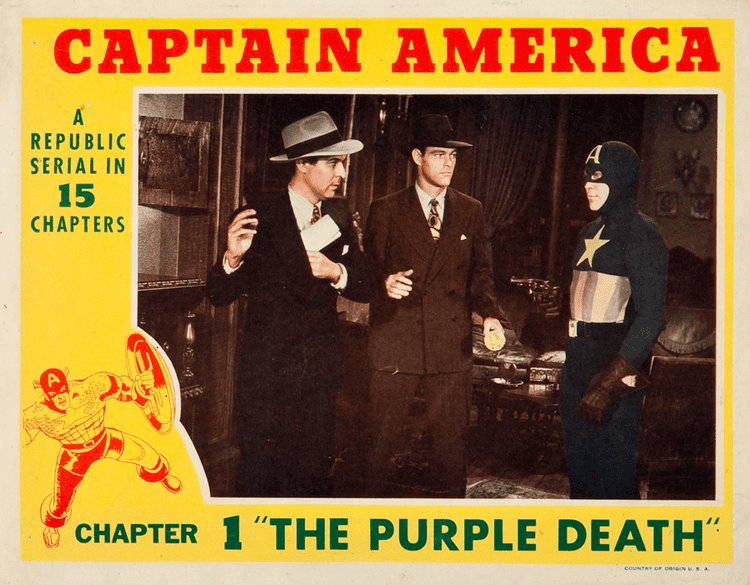
Captain america serial 1944 trailer
Plot
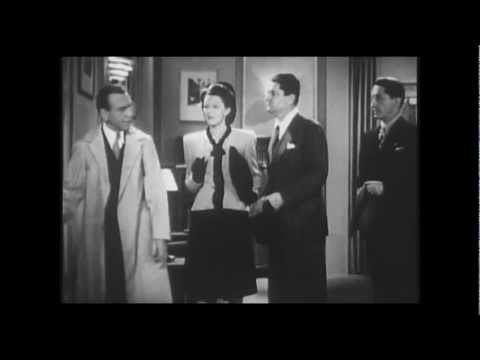
A rash of suspicious suicides among scientists and businessmen, all found holding a small scarab, gets the attention of Mayor Randolph. He demands that Police Commissioner Dryden and District Attorney Grant Gardner get to the bottom of the case, while openly wishing that Captain America, a masked man who has helped defeat crime in the past, were around to solve the mystery. Gail Richards, Grant Gardner's secretary, investigates and realises someone knows of the "Purple Death", a hypnotic chemical responsible for the suicides. However he then pulls out a gun and takes her into another room. He then orders an associate to tie her up. The D.A. realises she is there and forces the man to take him to her. He finds her tied up and gagged. He frees her but it is threatened that the purple death will be dropped killing them all. But the D.A. shoots him then gets out of the room with Gail.
All of the suicides were members of an expedition to some Mayan ruins. One of the few remaining survivors, Professor Lyman, turns to his friend Dr. Maldor for support. Dr. Maldor, however, reveals that he is the man responsible for the deaths. He wants revenge because he planned and organised the expedition but everyone else claimed the fame and fortune. However, Lyman has developed the "Dynamic Vibrator" - a device intended for mining operations but one that can be amplified into a devastating weapon. Using his purple death Dr. Maldor forces Lyman to disclose the location of his plans.
Captain America intervenes as the Scarab's heavies attempt to steal the plans and this leads to a sequence of plots by the Scarab to acquire a working version, as well as other devices, while trying to eliminate the interfering Captain before he succeeds in discovering Dr. Maldor's true identity or defeats him.
Cast
Production
Captain America was budgeted at $182,623 although the final negative cost was $222,906 (a $40,283, or 22.1%, overspend). It was the most expensive of all Republic serials (as well as the most over budget). It was filmed between October 12 and November 24, 1943. The serial's production number was 1297. Captain America was written by seven of the top serial screenwriters, including Harry Fraser’s only work at Republic.
The Captain America costume was really grey, white and dark blue as these colours photographed better in black and white. The costume also lost the wings on the head, the pirate boots became high shoes and the chainmail became normal cloth. Miniature flags were added to the gloves and the belt buckle became a small shield.
Republic was notorious for making changes in their adaptations. This occurred with Captain America more than most. Timely, the owner of Captain America, was unhappy with the omission of Steve Rogers, the lack of an army setting and his use of a gun. Republic responded in writing that the sample pages provided by Timely did not indicate that Captain America was a soldier called Steve Rogers, nor that he did not carry a revolver. They also noted that the serial was well into production by this point and they could not return to the original concept without expensive retakes and dubbing. Finally they pointed out that Republic was under no contractual obligation to do any of this.
The differences between the comic book and film versions of the title character in this serial are more extreme than with other Republic comic adaptations, such as Adventures of Captain Marvel and Spy Smasher. For example:
The reason for the differences appears not to be arbitrary, but that the script for the serial originally featured an entirely different licensed lead character and it was only decided later to replace the original character with Captain America. Film historians Jim Harmon and Don Glut speculated that the script was originally written as a sequel to 1940's Mysterious Doctor Satan, which featured the masked hero The Copperhead. This character was himself a substitution for DC's Superman, after Republic's bid for that character's film rights lost to Paramount, who had a series of cartoon shorts made by the Fleischer Studios, and would later on acquire Republic, as well as release a feature-length Captain America film.
Republic previously had adapted Fawcett Comics characters (Captain Marvel and Spy Smasher). Due to the fact that the lead in Captain America is a crime-fighting district attorney aided by a female secretary who knows his identity, and that the serial includes a chapter entitled "The Scarlet Shroud" in which nothing scarlet appears, film restoration director Eric Stedman suggests that it is more likely that the script was originally developed to feature Fawcett's comic book hero Mr. Scarlet, secretly D.A. Brian Butler, whose comic book appearances had proved unpopular and who had actually disappeared from comic book covers and been relegated to being a backup feature between the time the serial was planned and the final film produced.
Writer Raymond William Stedman believes that the differences between the comic-book and film versions of Captain America were "for the better" as, for example, the hero did not have to sneak out of an army base every time he needed to change identities.
Stunts
Dale Van Sickel was the "ram rod" of the stunt crew, doubling Dick Purcell as Captain America. Ken Terrell doubled George J. Lewis and Fred Graham doubled Lionel Atwill. Additional stunts were performed by Duke Green and Joe Yrigoyen. Tom Steele only appeared in chapter one as he was busy on The Masked Marvel.
Special effects
All the special effects in Captain America were created by Republic's in-house team, the Lydecker brothers.
Release
Captain America's official release date is 5 February 1944, although this is actually the date the seventh chapter was made available to film exchanges. (The serial was actually filmed in 1943.) The serial was re-released on 30 September 1953, under the new title Return of Captain America, between the first runs of Canadian Mounties vs. Atomic Invaders and Trader Tom of the China Seas.
Critical reception
Captain America is regarded as the "apex of the traditional action film fight...[in the] opinion of many cliffhanger enthusiasts." Stedman wrote that this was a "much better serial than either Batman or The Masked Marvel". Dr. Maldor is, in Cline's opinion, Lionel Atwill's best serial role.
Chapter titles
- The Purple Death (25:40)
- Mechanical Executioner (15:38)
- The Scarlet Shroud (15:33)
- Preview of Murder (15:33)
- Blade of Wrath (15:33)
- Vault of Vengeance (15:33)
- Wholesale Destruction (15:34)
- Cremation in the Clouds (15:33)
- Triple Tragedy (15:33)
- The Avenging Corpse (15:33)
- The Dead Man Returns (15:33)
- Horror on the Highway (15:34)
- Skyscraper Plunge (15:33)
- The Scarab Strikes (15:32)
- The Toll of Doom (15:33)
Source:
Captain america 1944 serial 1
Captain america movies 1944 1979 1990 2011 2012 compilation movies capitan america
References
Captain America (serial) WikipediaCaptain America (serial) IMDb Captain America (serial) themoviedb.org
